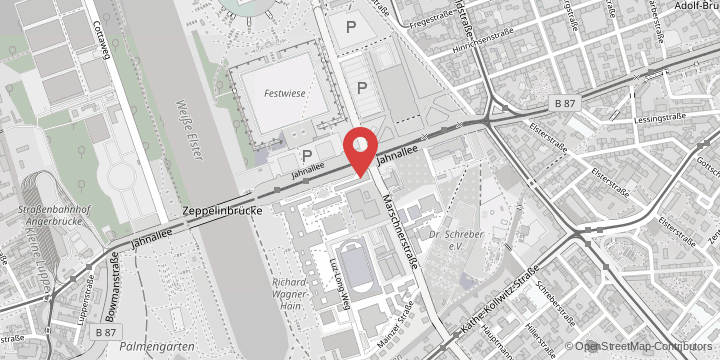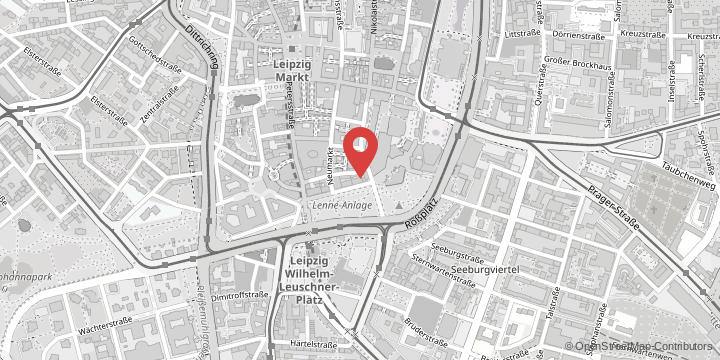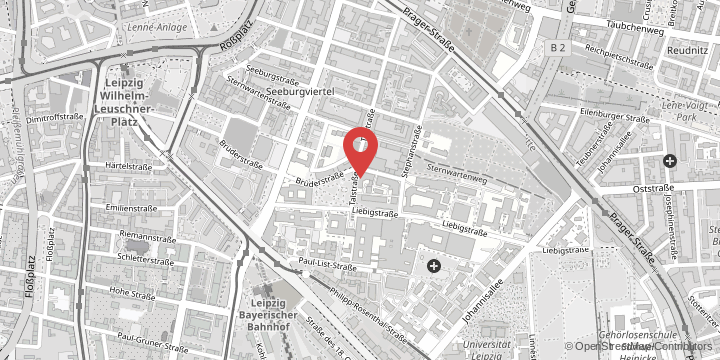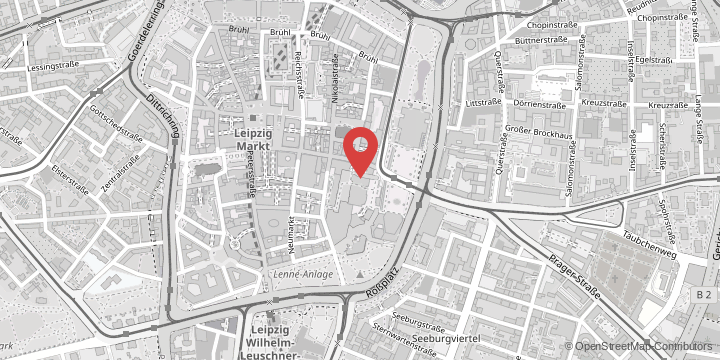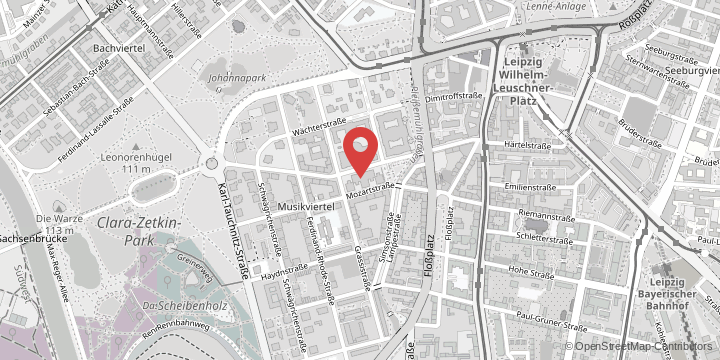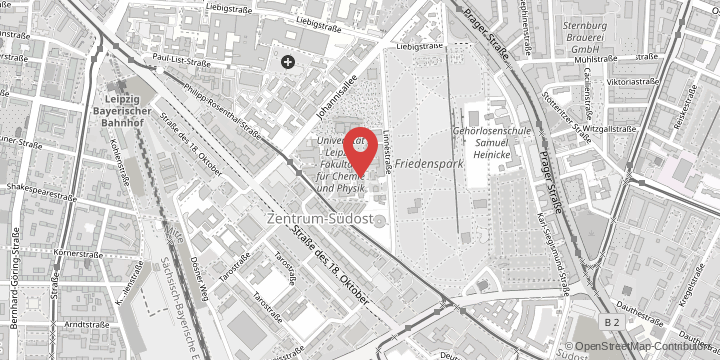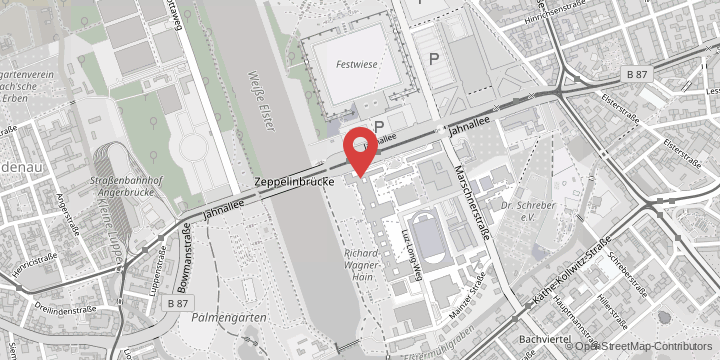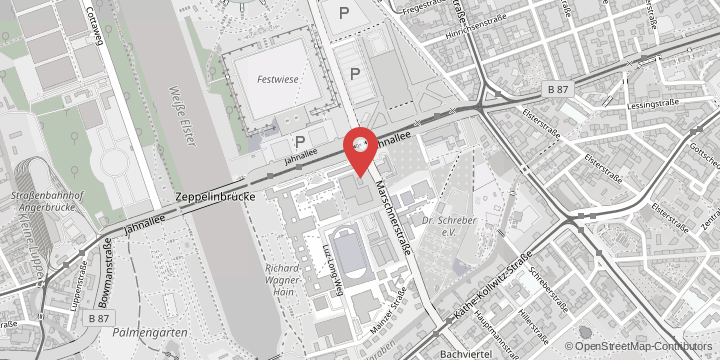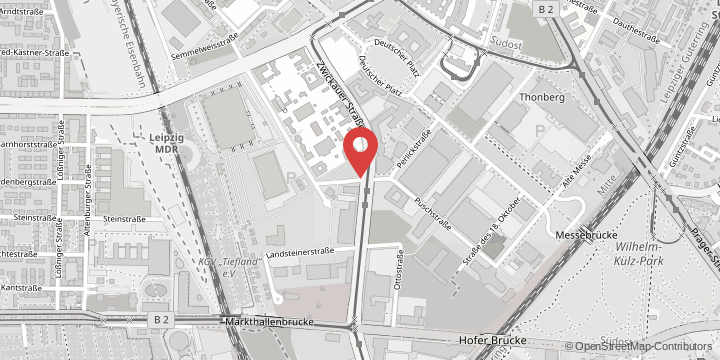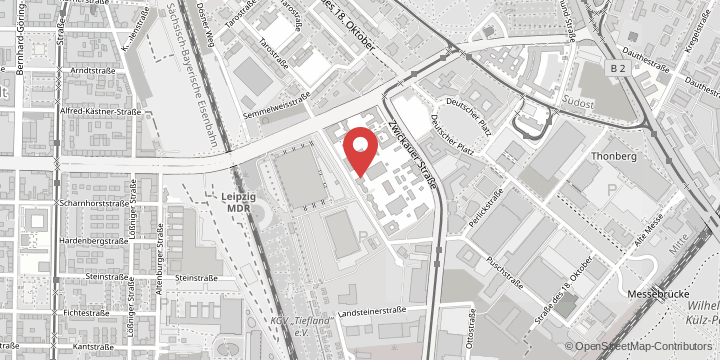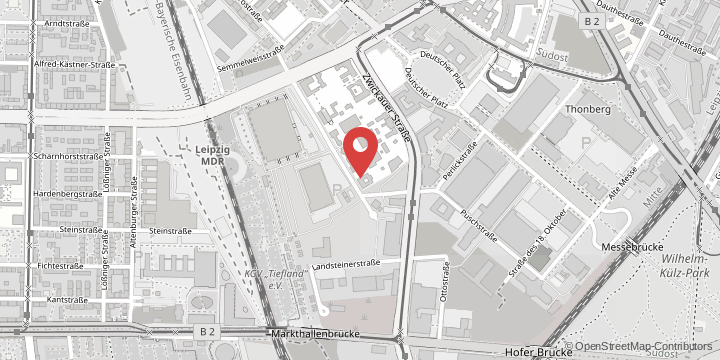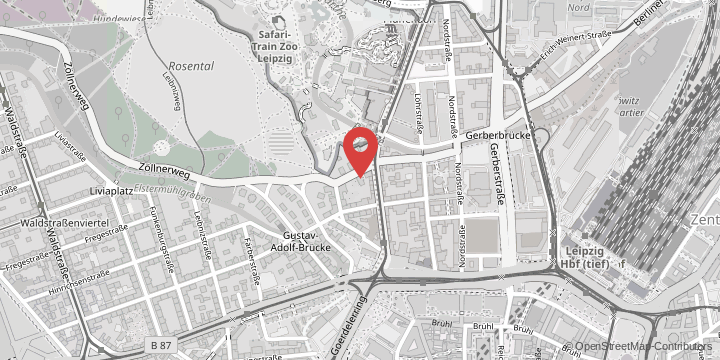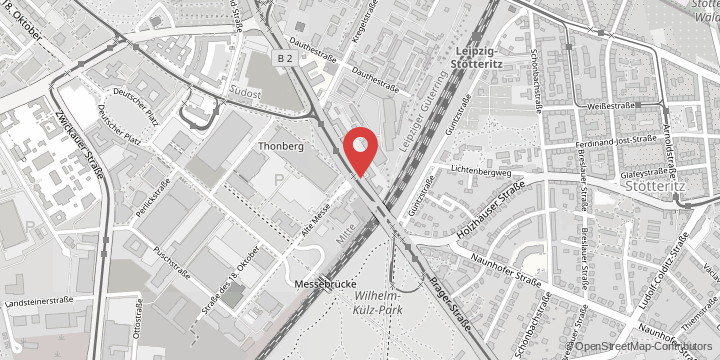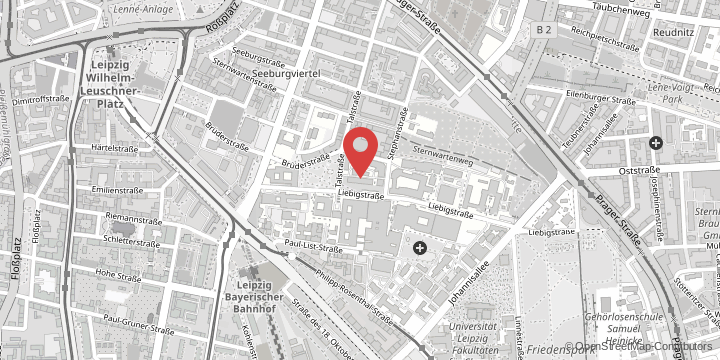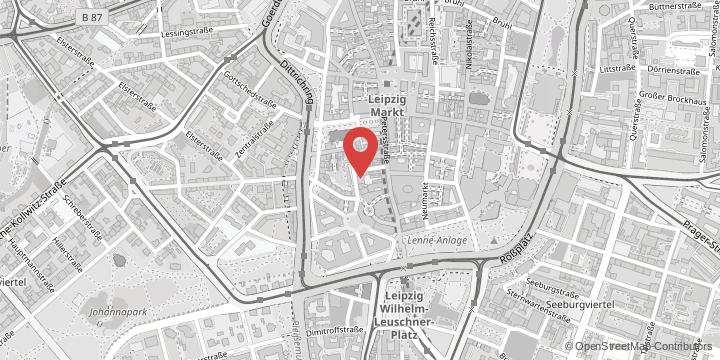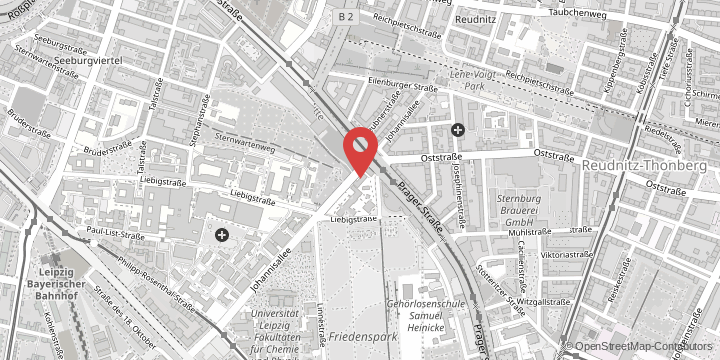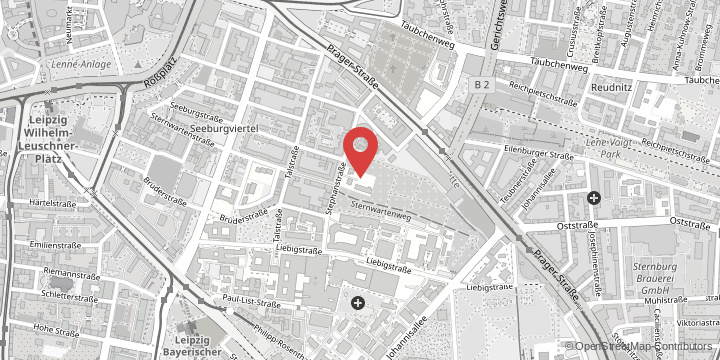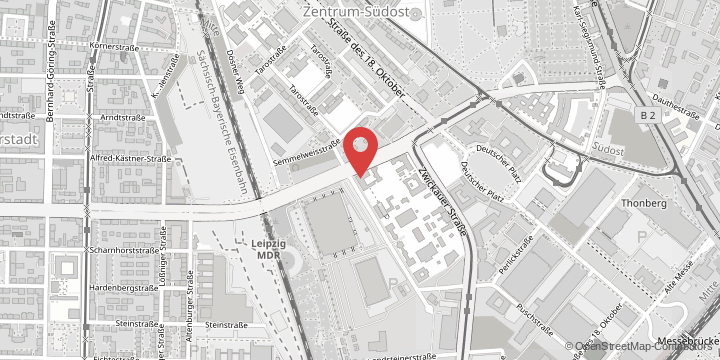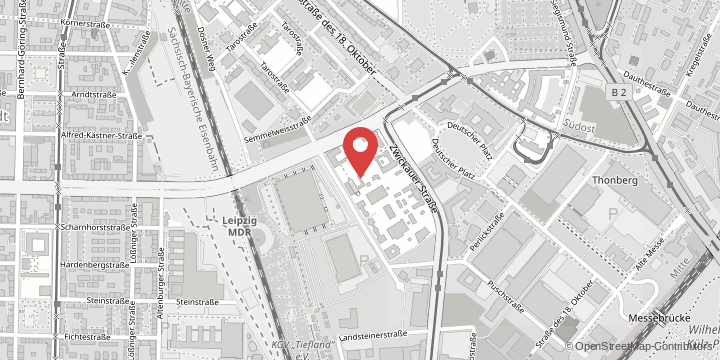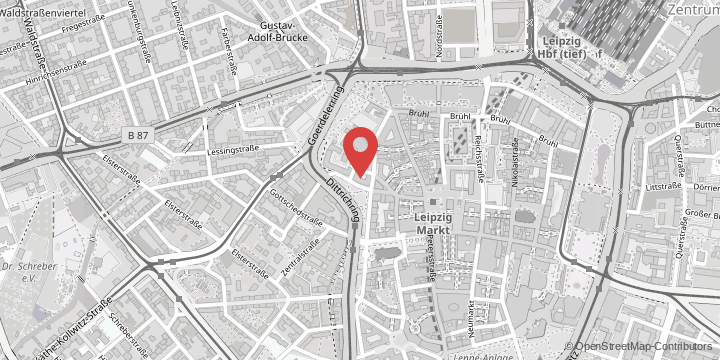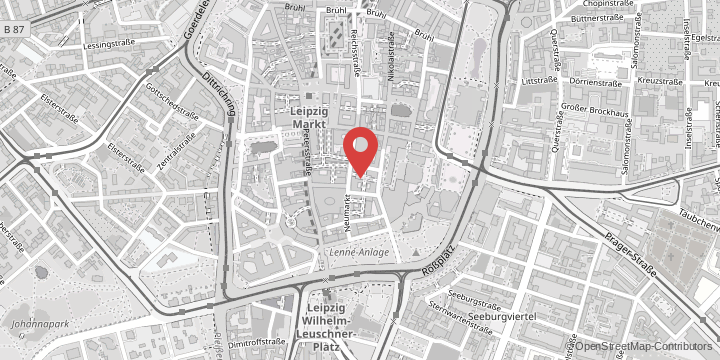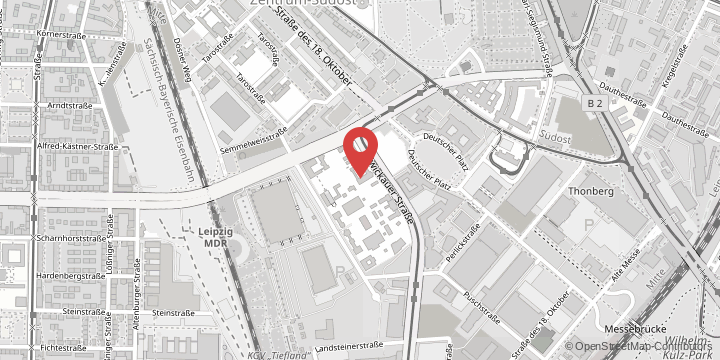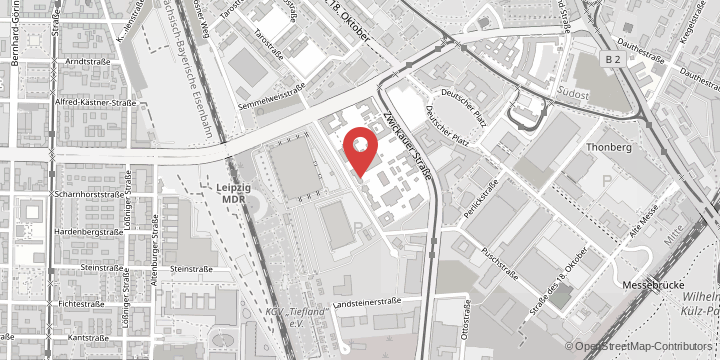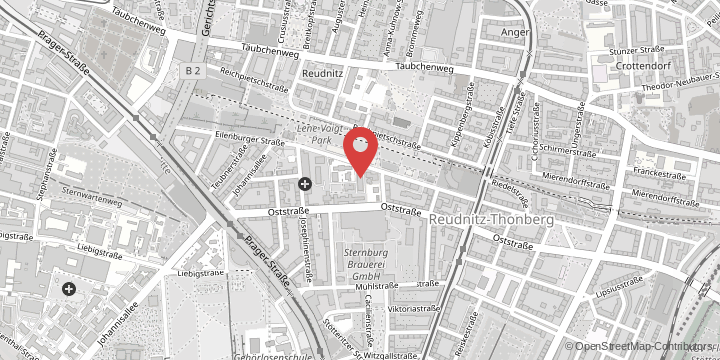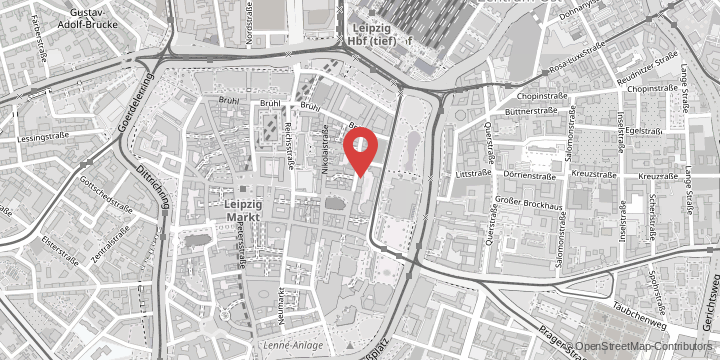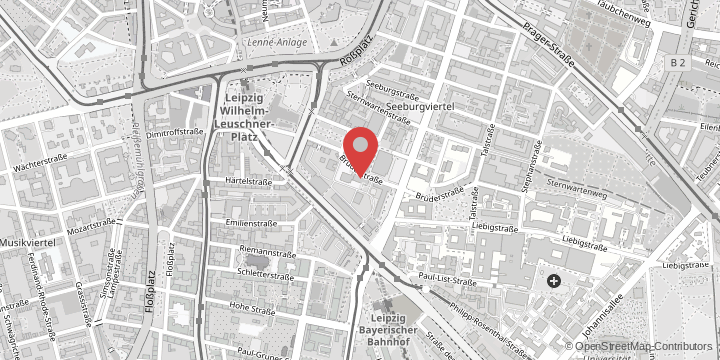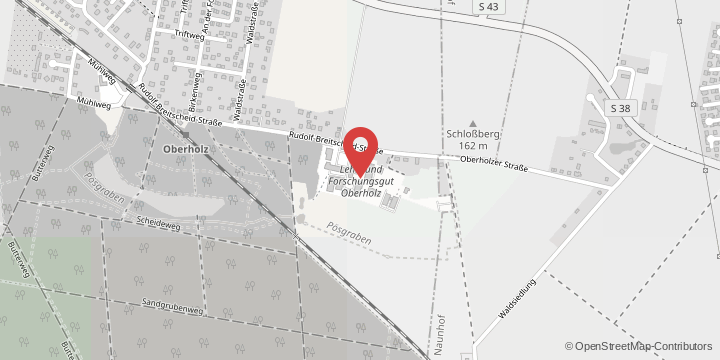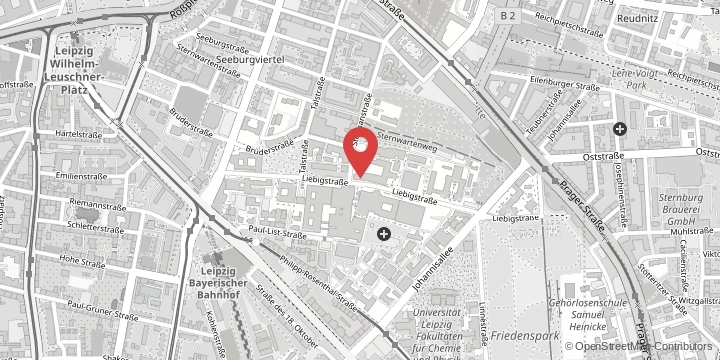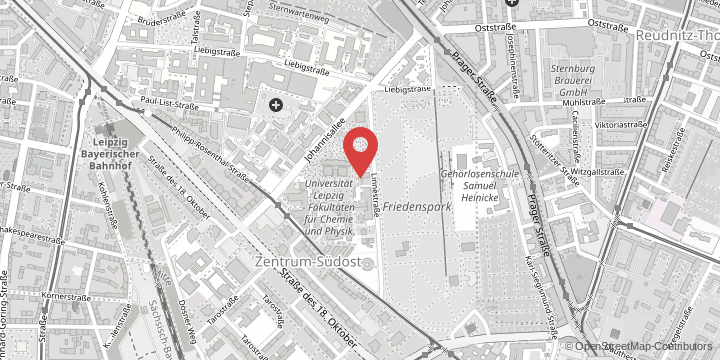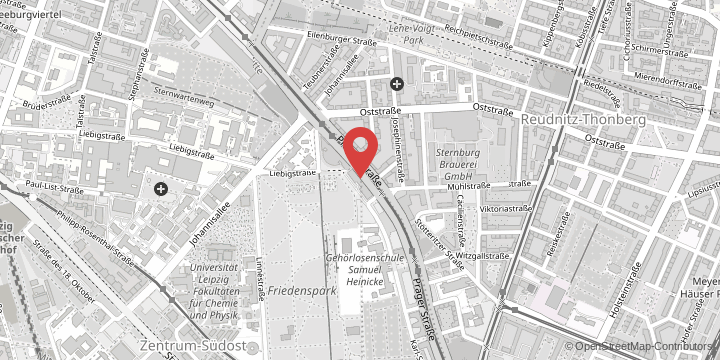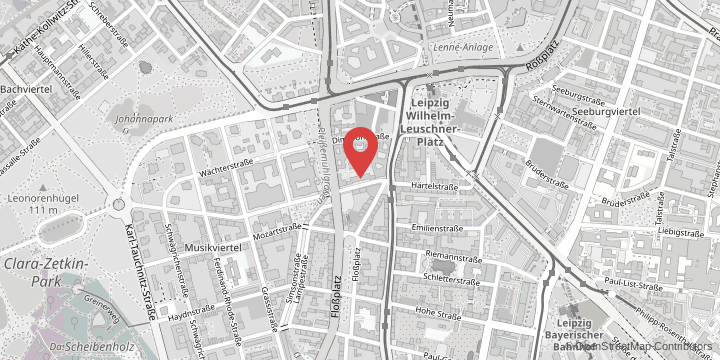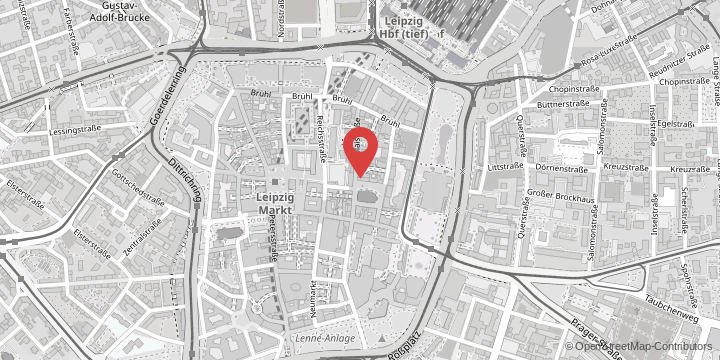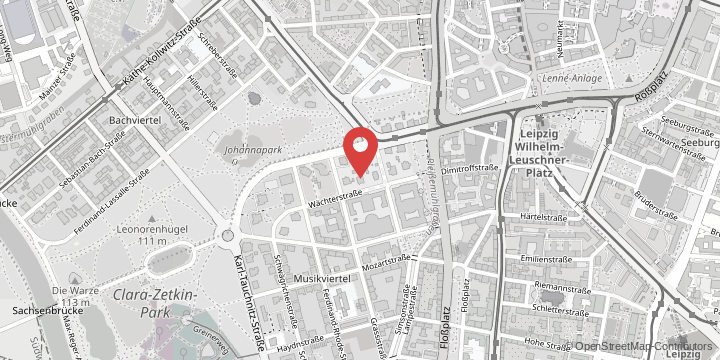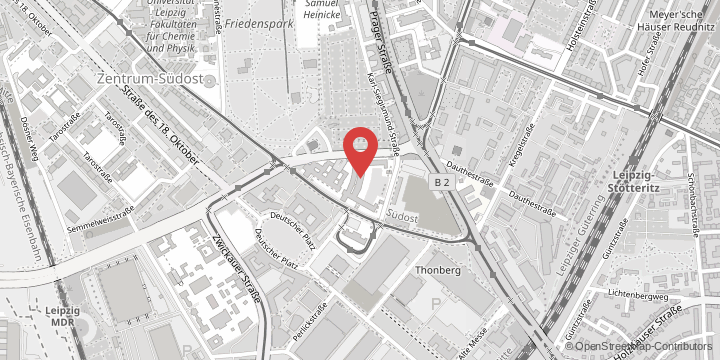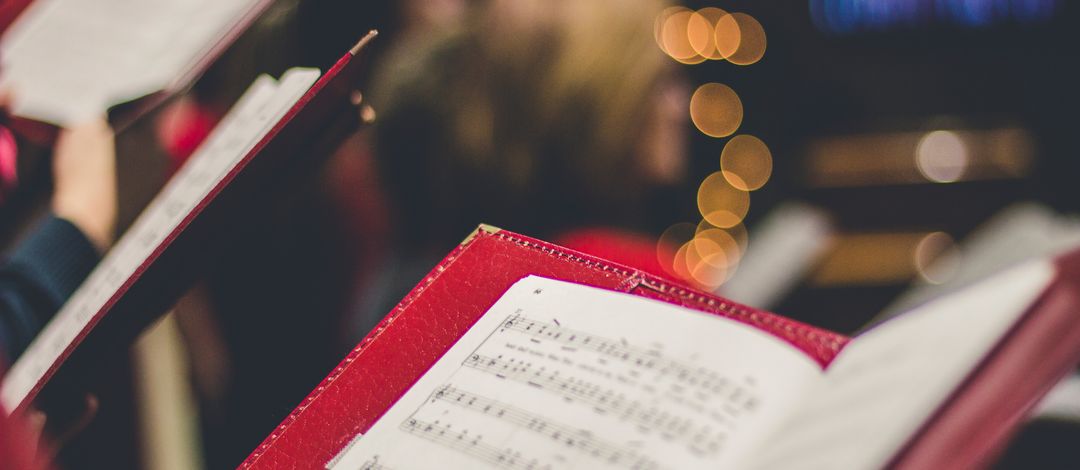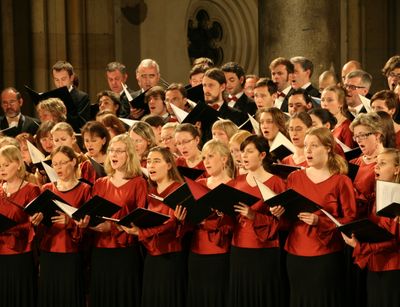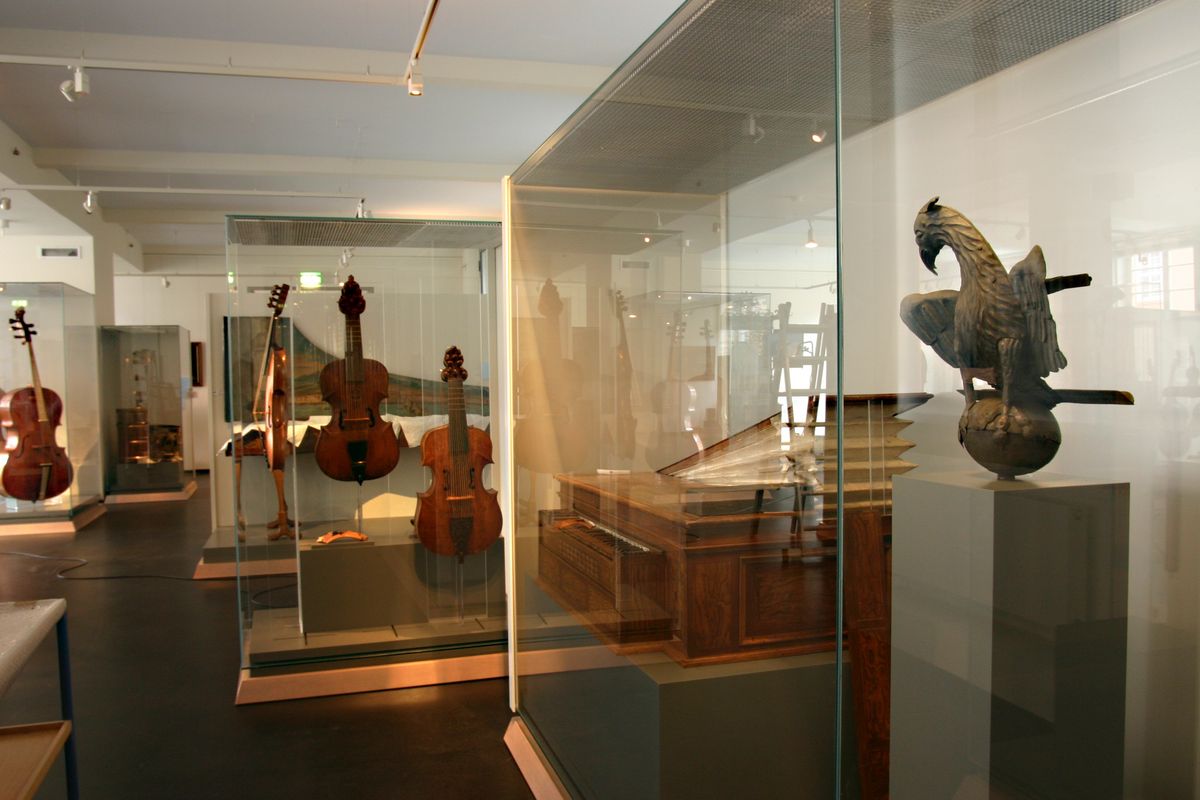University Music
Events
Be a part of Leipzig University Music
The University Choir, the University Orchestra, the Unibigband and other ensembles offer our students and teachers many opportunities to get involved in music at Leipzig. You’re welcome to contact the University Music team for information about how to participate in musical activities.
A history of music
Leipzig’s University Music is part of a long tradition – Richard Wagner, Robert Schumann and Felix Mendelssohn Bartholdy all studied and performed here.
Music at Leipzig University plays a major role in the city’s music scene. It was influenced among others by Werner Fabricius, the first Director musices Paulini (Director of Music at St. Paul’s university church, 1656–1679), as well as by later University Music Directors including Johann Schelle (1679–1701), Johann Kuhnau (1701–1722), Johann Adam Hiller (1778–1785) and Max Reger (1907–1908).
The university registers document the students Georg Philipp Telemann, Carl Philipp Emanuel Bach, Robert Schumann and Richard Wagner. Felix Mendelssohn Bartholdy received an honorary doctorate from the University in 1836. Hugo Riemann was professor ordinarius at the Institute of Musicology.
Johann Sebastian Bach also had close ties with our university thanks to his many performances and commissioned compositions.
In the modern era, music at Leipzig University has been directed by musicians and musicologists including Hermann Kretzschmar, Hermann Grabner, Friedrich Rabenschlag, Max Pommer and, most recently, Wolfgang Unger, all of whom carefully cultivated and expanded our great artistic heritage.
- 1504
Completion of magister Nikolaus Apel’s Mensural Codex – one of the most important German music manuscripts of the era. - 1543
St. Paul’s church becomes the property of the University and thus a university church. The Thomaskantor is usually responsible for the music performed during the academic ceremonies held there. - Mid-16th century
New music lectures and lessons, frequently given by the cantors of the churches of St. Nicholas and St. Thomas. They are primarily used for practical music training. - 1655/56
With Werner Fabricius, the University hires its own Academiae Musicus, a director of university music, for the first time. - 1701
Founding of a Collegium musicum by law student Georg Philipp Telemann (future municipal Director of Music in Hamburg); subsequent directors include Johann Sebastian Bach. - 1708
Founding of a second Collegium musicum by law student Johann Friedrich Fasch (future court conductor in Zerbst). - 1710
Establishment of “new” public services in St. Paul’s university church, featuring sophisticated figural music. - 1723–1750
Thomaskantor Johann Sebastian Bach is in charge of music during the “old” services at the university church – which are still customary for some high feast days and university addresses. Simple motets are sung here, as has been the practice for centuries. The University entrusts Johann Gottlieb Görner, the artistically far less distinguished director of university, with the musically more important “new” church services. - 1727
The premiere in the university church of Bach’s Trauerode BWV 198 after a text by Gottsched, which was commissioned by the student Carl von Kirchbach in memory of the deceased Electress of Saxony Christiane Eberhardine, represents one highlight of the rich musical tradition at academic ceremonies, doctoral conferments, “quarterly sermons”, homages and funerals in the 17th and 18th centuries. - 1729
Wilhelm Friedemann Bach studies subjects including law, philosophy and mathematics. - 1731–1734
Carl Philipp Emanuel Bach studies law. - 1737–1743
lectures on music theory by Lorenz Christoph Mizler (the first since the 16th century). - Circa 1740
Johann Ernst Bach studies law. - 1793
First lectures on musical aesthetics by Christian Friedrich Michaelis. - From 1812
Oratorios, including important contemporary works, are performed in the university church by the Leipziger Singakademie, founded in 1802, whose conductors are also university music directors from 1818 until 1847. The Riedel Society and Bach Society follow after 1850. - 1822
Founding of a choral society at the St. Paul’s church, which calls itself the Universitätssängerverein zu St. Pauli from 1824 and the Universitäts-Sängerschaft zu St. Pauli from 1919. From 1860 until 1936 its directors also serve as university music directors. The Akademischer Gesangverein Arion joins in the middle of the century (1849). By the First World War, these two male student choirs develop into the largest student associations in Leipzig, singing alone or with mixed choirs in numerous concerts in venues including the Gewandhaus and the university church. - 1828–1829
Robert Schumann studies law. - 1831–1832
Richard Wagner studies music. - 1836
Honorary doctorate for Felix Mendelssohn Bartholdy. - 1859
Introduction of regular lectures on music history by the university organist and future university music director Hermann Langer. - 1847
Felix Mendelssohn Bartholdy lies in repose in the university church. - 1890–1895
University music director Hermann Kretzschmar organises six Academic Orchestra Concerts annually, which are intended to promote the musical education of the University’s students. - 1907
The important composer Max Reger spends a year and a half as university music director. - 1908
Hugo Riemann founds the Collegium musicum, the future Institute of Musicology. - 1926
Founding of the Madrigalkreis Leipziger Studenten by Friedrich Rabenschlag. This and the Heinrich-Schütz-Kantorei (formerly the Universitätskantorei), also headed by Rabenschlag, gives rise to the Leipzig University Choir in 1938. - 1926
Acquisition of the Heyer musical instrument collection from Cologne for Leipzig University. This collection constitutes the basis for Leipzig University’s Museum of Musical Instruments, opened in 1929 in the Grassi Museum. - 1943
The rooms of the Institute of Musicology and the Museum of Musical Instruments in the Grassi Museum are hit hard during an air raid. Numerous unique instruments are damaged and destroyed. - 1946
The University Choir, the Universitätskantorei and the University’s chamber orchestra resume their work under Friedrich Rabenschlag. - 1950
Founding of the Institute of Music Education (combined with the Institute of Musicology from 1966 until 1993). - 1954
Founding of the Academic Orchestra (initially named the Collegium musicum) by Horst Förster. - 1957
Founding of the Capella fidicinia at the Museum of Musical Instruments by Hans Grüß. - 1968
Demolition of the intact university church, home of the University Choir. - Since the 1960s
Founding of several other musical ensembles at the University and at individual faculties and institutes. - 1992
Establishment of Leipzig University Music (Leipziger Universitätsmusik) and founding of the Pauliner Kammerorchester by Wolfgang Unger. - 1994
Founding of the Pauliner Barockensemble by Wolfgang Unger and staging of the first Leipziger Universitätsmusiktage, an event which has taken place approximately every two years since then. - 2003
Founding of the Leipzig University Orchestra. - 2006
Founding of Leipzig’s Unibigband. - 2009
Jubilee celebrations marking 600 years of Leipzig University with monthly concerts by Leipzig University Music. Publication of the University Choir’s complete recordings of Festmusiken zu Leipziger Universitätsfeiern including all twelve preserved Bach cantatas for the university. World premiere of the commissioned work Memoriam – Tempo e tempi by the Leipzig composer Bernd Franke for the ceremony on 2 December 2009 in the Paulinum – Assembly Hall and University Church of St. Paul.


